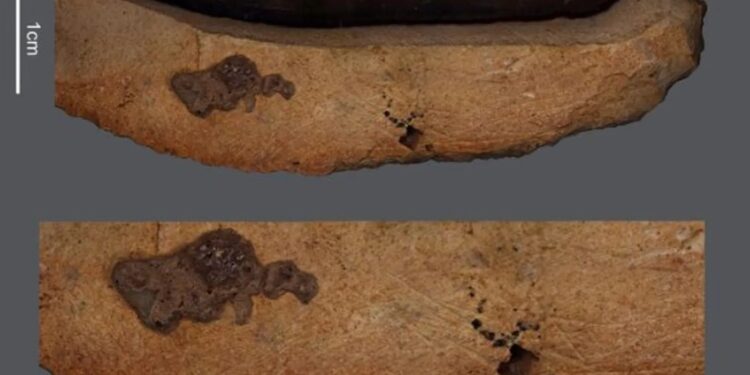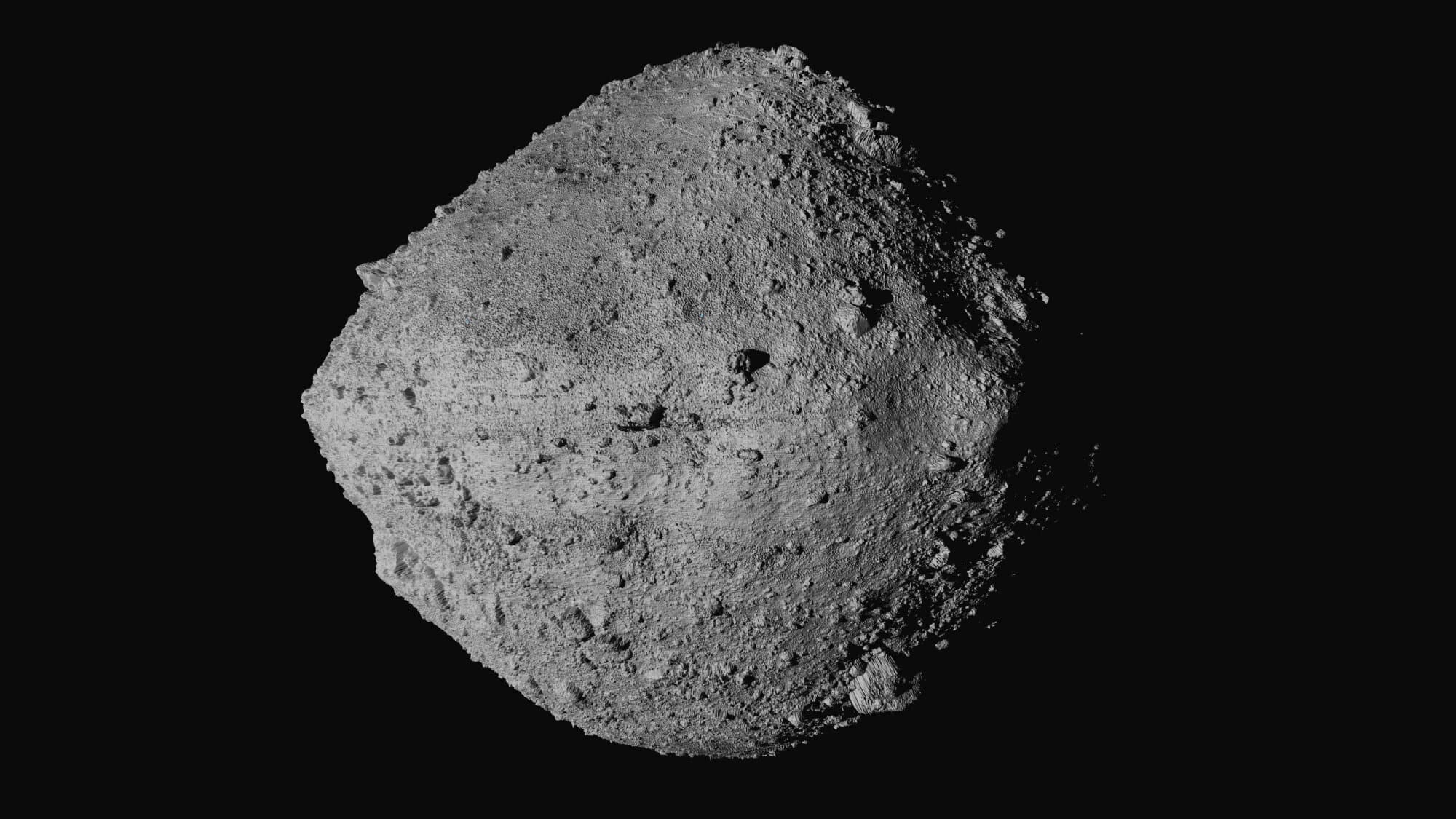Newly discovered prehistoric engravings on stone tools suggest that early humans were creating symbolic art over 100,000 years ago, challenging everything we thought we knew about the origins of creativity.
Researchers analyzing artifacts from key archaeological sites in the Levant have identified deliberate geometric patterns on ancient stone cores—tools used for crafting sharp flakes. Unlike accidental scratches found on other prehistoric artifacts, these engravings appear intentional, providing some of the earliest known evidence of abstract thought and artistic expression in human history.
Did Early Humans Use Stone Tools as a Canvas for Art?
The engravings were found in Manot Cave, Qafzeh Cave, and the open-air site of Quneitra, all locations linked to early human activity. Using 3D surface analysis, scientists discovered that these patterns weren’t random but carefully carved to follow the natural contours of the stones.
- In Manot Cave, a fan-like design radiates outward from a central high point, resembling an early symbolic motif.
- At Quneitra, researchers uncovered concentric circles that match a carving found on an auroch (extinct wild cattle) bone nearby.
- The Qafzeh Cave engravings, found near an ancient human burial and ochre deposits, hint at ritualistic or symbolic intent.
In contrast, stone artifacts found in Amud Cave, where Neanderthal burials were uncovered, contain random, shallow scratches—suggesting unintentional marks rather than deliberate engravings. Similar markings from sites in Italy also appear to be the result of tool-making rather than artistic intent.
Rewriting the Story of Human Intelligence
For years, scientists believed that symbolic thought—the ability to represent ideas through symbols and abstract imagery—only emerged with modern Homo sapiens. But these newly analyzed engravings suggest that earlier human species were capable of creative expression much earlier than we assumed.
“Abstract thinking is a cornerstone of human cognitive evolution,” explains Dr. Mae Goder-Goldberger, co-lead researcher of the study. “The deliberate engravings found on these artifacts highlight the capacity for symbolic expression and suggest a society with advanced conceptual abilities.”
This groundbreaking discovery redefines what we know about the cognitive abilities of our ancient ancestors, suggesting that the foundations of human creativity may go back much further than previously thought.











